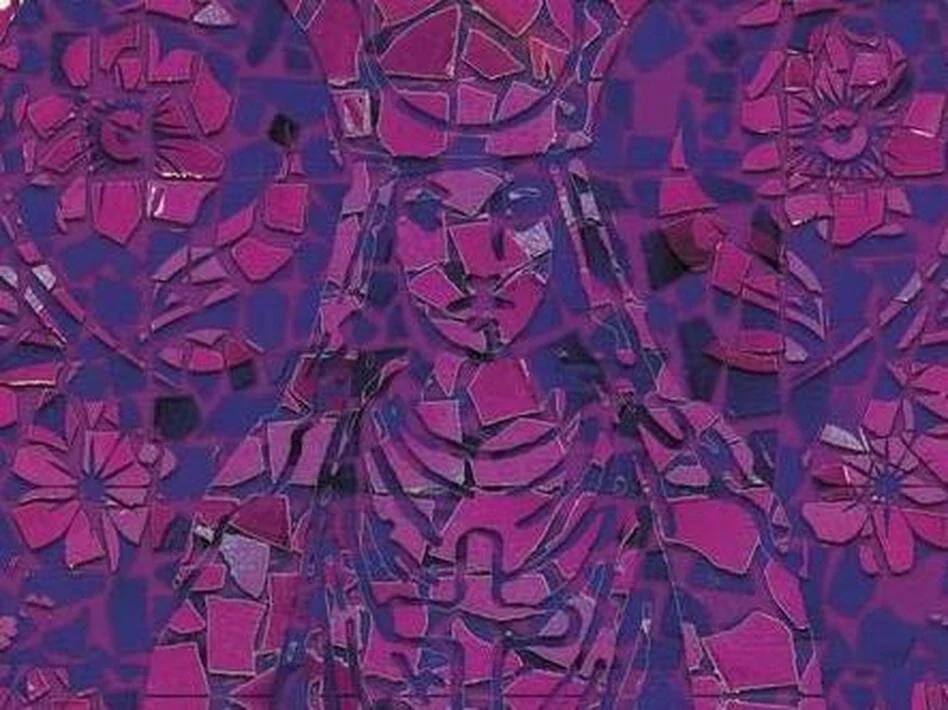I’ve heard it said that speculative fiction writers are the true prophets of the modern age. And I’m beginning to believe it. Here I am, living in Erie, CO during a pandemic, reading a story about a survivor of a pandemic living in Erie, CO. COVID-19 has tragically taken too many of us, especially our people who carried the wisdom and history of many years. It has also devastated uncountable livelihoods, traditions and plans. And yet, I’m very, very thankful that our pandemic story has not evolved into the catastrophic devastation that Peter Heller imagined when he wrote The Dog Stars in 2012.
I’m assuming all of you know the details of our pandemic story. Here’s the set-up for Heller’s:
Cessna 182T Skylane. Photo by Adrian Pingstone. Public Domain.
Nine years after a flu virus and a subsequent blood disease wiped out almost everyone, Hig is one of the few who contracted the flu and survived. He lives at the tiny, single-runway airport in Erie, CO, and flies a small plane, a 1956 Cessna he calls the Beast, on short, mostly reconnaissance trips in the area north of Denver. He has partnered up with Bangley, an ex-military man who knows and owns guns and a myriad of other assault weapons, and is an expert on setting up a perimeter and defending against attack. Hig has been a hunter and fisherman his whole life and is skilled enough with guns to protect himself in this dangerous, post-pandemic world, but he wouldn’t have survived without his dog Jasper’s vigilant sense of smell, and Bangley’s tactical expertise.
Heller’s post-pandemic Erie is very different from the Erie I’ve been inhabiting since early March. Our grocery stores have stayed valiantly open. There is bread and milk and even, lately, the elusive package of Charmin. The light switches still work. I don’t have to haul water from Coal Creek for drinking, cooking and washing. I can still fill a growler of chilly Irish Coffee Stout at my local brewpub. And no one is trying to kill me because I have these things.
Post-pandemic and post-apocalyptic stories are usually not my favorite type of speculative fiction, which is why I haven’t picked up Dog Stars until now. I expected this story to unfold on a kind of Mad Max-y, utterly bleak-world plot line—kill the marauders with the ratty hair, gnarly teeth and a talent for re-purposing scrap metal, or become their breakfast. And there were definitely several tense, page-turning scenes where Hig and Bangley were gun-battling for their lives. But Hig’s world is much more like our world—the variation between his and ours is only the degree of catastrophe. I found that many of Hig’s experiences resonate with what is unfolding in our current COVID-19 story. And even more surprising, and what made me fall in love with this book, were the gifts of profound insight written in gorgeous, poetic language that helped me find meaning and beauty in my own pandemic experience.
The relationship between Hig and Bangley is complicated. But they each embody a side of the debate I see going on currently in our world, and especially our country, as the shelter-in-place orders loosen and we all venture out. Bangley’s character is the voice for a healthy attitude of fear and caution, whereas Hig argues for human connection outside their small, safe haven of two. Ten miles to the south of the Erie airport lives a group of Mennonite families who have the blood disease that hit after the flu. The families fly a ragged red union suit on a flag pole when they need help. When Hig flies by and sees it, he lands the plane to find out what they need.
Bangley doesn’t approve of this practice:
“Hig you will kill us…You know just one cough…That’s what they said at the end. Not just through the blood…
I don’t think that was ever proven.
What the fuck does it matter if it’s proven. You want to get this far and die of the blood?…You can’t choose for me Hig.”
But Hig refuses to abandon the Mennonites:
“Me versus him. Follow Bangley’s belief to its end and you get a ringing solitude. Everybody out for themselves, even to dealing death, and you come to a complete aloneness. You and the universe. The cold stars. Like these that are fading, silent as we walk. Believe in the possibility of connectedness and you get something else. A tattered union suit flying on a flagpole. Help asked and given. A smile across a dirt yard, a wave. Now the dawn not so lonely.”
As we know from our own pandemic experience, there is merit to both of these views. Hig struggles to find the balance between them and so do we.
In another passage we find Hig and the Mennonites practicing social distancing:
“That’s what we called it, the DMZ. Awkward at first but not now. In this case we had decided without discussion or even any medical evidence that there was no way the sickness could infect from that far off. Probably not even from five feet, probably not even in a casual touch, but everybody, mostly me, felt better about this gap. If we needed to, we placed objects in the middle of it to be retrieved and that was okay too.”
When Hig experiences a profound loss, one of the little Mennonite girls sets a bouquet of flowers for him in the middle of the DMZ. He breaks down at this small kindness and the separation between Hig and the comfort of family and affection becomes intolerable:
“Was this hell? To love like this, to grieve from fifteen feet, an uncrossable distance?”
I haven’t lost anyone close to me to COVID-19. A good friend’s nephew, a young husband and father, a healthcare worker, went to the ER with stomach pains—not the symptoms we were told to look for—and didn’t make it. I have seen the empty parking lots, the closed-until-further- notice signs, the yard placards with images of capped and gowned high school seniors who didn’t get to throw that weird, square hat into the air. I can feel the loss mounting in our world—lives, dreams, livelihoods, plans. We all feel it. Reading this book somehow diminished the despair I was feeling though I’m not sure I can define how.
Maybe it’s the way Heller evokes Hig’s feelings of loss in specific, lyrical prose that somehow gives my own indistinct sadness solidity. This paragraph, for instance:
“The Dipper wheels back into place. Just one turn. One turn of the wheel and we are different, never the same. Not ever. Not even those stars. Even they, they decay, collapse, coalesce, break apart. Close my eyes. It’s what’s inside. What’s inside moving, swimming in the pain like a blind fish forever swimming. Is what lives what remains. Renews, renews the love and the pain. The love is the creek bed and the pain fills it. Fills it every day with tears.”
Maybe it’s the way Hig mourns the loss of simple, everyday things that we take for granted because we still have them:
“A ranch. Cattle. The spring river flowing by. A ranch house in the shade of leafing cottonwoods and globe willows. A cracked and broken road winding by. Squint and I can imagine someone in the yard. Someone leaning to bolt a spreader to the tractor. Someone thinking Damn back, still stiff. Smelling coffee from an open kitchen door. Someone else hanging laundry in a bright patch. Each with a litany of troubles and having no clue how blessed.”
Or how Hig finds beauty in his world despite losing everything:
“The flakes stuck in my eyelashes. They fell on my sleeves. Huge. Flowers and stars. They fell onto each other, held their shapes, became small piles of perfect asterisks and blooms tumbled together in their discrete geometries like children’s blocks.”
Macro photography of natural snowflake. Alexey Kljatov. CC by SA-4.0
Or maybe it’s the way in which Hig, facing death or its possibility every day in real life as well as in memory, is still able to embrace a profound reverence for life, and never stops finding ways to notice and honor the sweet, quiet things and moments:
“I could almost imagine that it was before, that Jasper and I were off somewhere on an extended sojourn and would come back one day soon, that all would come back to me, that we were not living in the wake of disaster. Had not lost everything but our lives. Same as yesterday standing in the garden. It caught me sometimes: that this was okay. Just this. That simple beauty was still bearable barely, and that if I lived moment to moment, garden to stove to the simple act of flying, I could have peace…
Life and death inside each other. That’s what occurred to me. Death was inside all of us, waiting for warmer nights, a compromised system, a beetle, as in the now dying black timber on the mountains. And life was inside death, virulent and insistent as a strain of flu. How it should be.”
It’s been a while since I’ve read a book that moved me like The Dog Stars. It has opened me to an immense and ongoing gratitude. Now, Erie’s restaurants are opening. So is the ice cream shop, my little brew pub. The Erie farmer’s market sets up on Thursday 5-8pm.
I walk in my neighborhood, in my town, and I smile at the good people of Erie—kids riding bikes, teens playing tennis in the street, neighbors laughing into the social distance around a burn pit. I smile at the small planes, maybe some of them Cessnas, buzzing in the sky above my house.













Cadwell Turnbull's new novel — the first in a trilogy — imagines the hard, uncertain work of a fantastical justice.